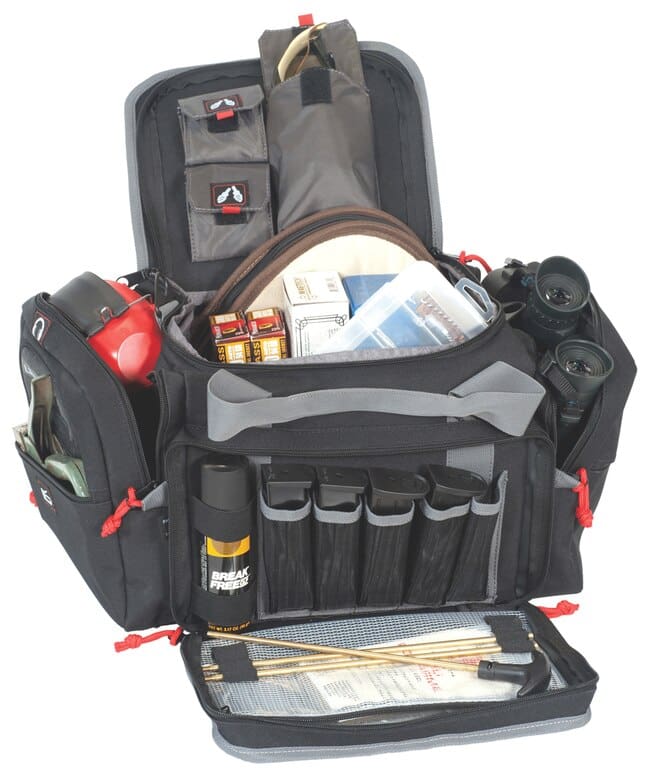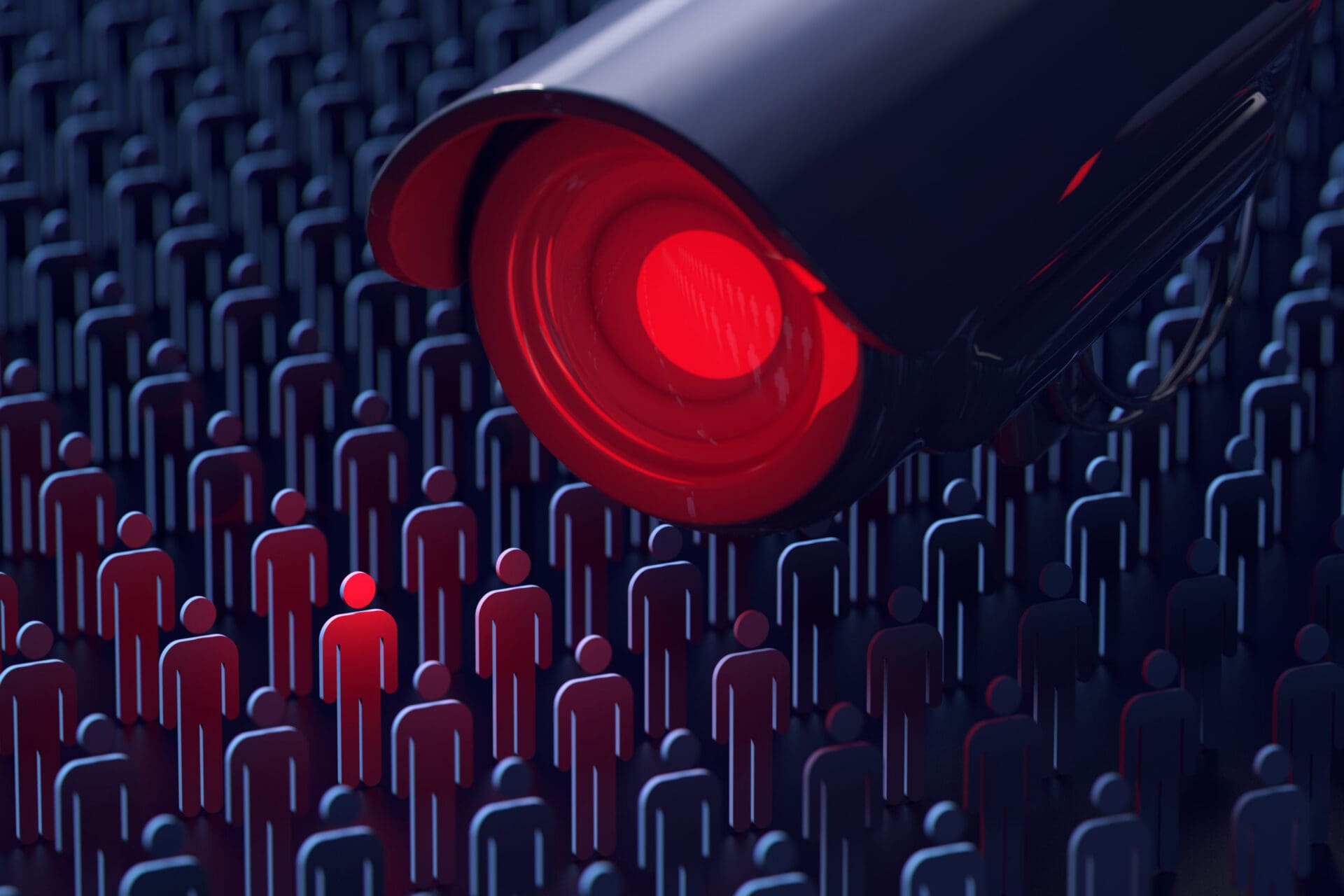When at last you find the time to hit the range again, make sure you have everything you need to make the most of it. There’s nothing worse that getting there and realizing you’re missing something important (besides your gun and ammo).
For you beginners out there who are assembling their range bags for the first time, we hope this list of range bag essentials is particularly helpful.

- Eye protection (no explanation needed…don’t shoot without them)

- Hearing protection (we see a lot of people wearing these classic, affordable Howard Leight electronic muffs).

- Shoot-N-C sticky targets (reactive targets are more fun and make life easier). If you’ll be using regular paper targets, bring a roll of masking tape.

- Maglula Uplula (save your thumbs…this is the world’s best magazine loader…by far)

- Leatherman Skeletool (A multi-tool is always a good idea, no matter where your are or what you’re doing.)

- A tourniquet. Know how to use it (it’s not complicated). As JWT — a former Army medic — says, squeeze, squeeze, squeeze until the red blood stops. Here is a 1-page illustrated guide to using a tourniquet, provided by the makers of the leading combat tourniquet. Here is a TTAG article about the statistics surrounding tourniquets and their lifesaving potential.

- QuikClot clotting gauze

- Choke tube wrench (if you’re shooting a scattergun, Real Avid’s universal model is mighty handy)

- Small tool kit – (because stuff like scope rings, free-floating handguards and Pic rails can and do work themselves loose.)

- Marker (good for noting distance and ammo on your targets)

- Staple gun (best way to put up those paper targets on wood target stands)

- Cheap extra foam earplugs (Someone at the range always seems to need a pair.)

- Band-aids, liquid bandages, and the like (Because boo-boos — slide bite, hammer bite, scope bite, etc. — happen.)

- Rem oil wipes – (The classic is still the best…easy to keep on hand.)

- BoreSnake and/or small Otis cleaning kit
Non-beginners, is there something you’re always sure to bring to the range that didn’t make it onto the list?








